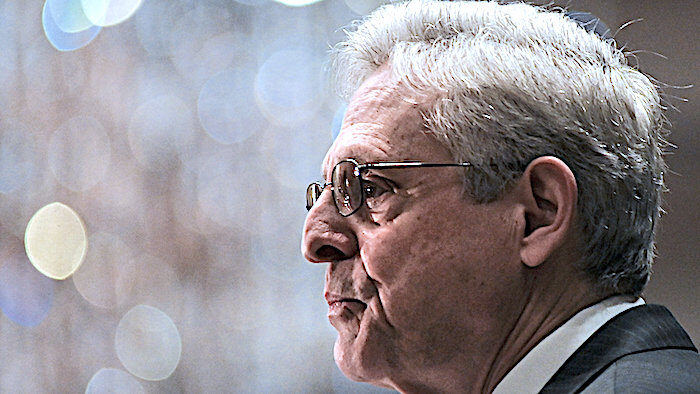Someone is clearly lying. The Trump Team said that it was cooperating and would have given access to the government if it raised further objections. The Justice Department has clearly indicated that time was of the essence to justify this unprecedented raid on the home of a former president. Yet, Attorney General Merrick Garland reportedly waited for weeks to sign off on the application for a warrant and the FBI then waited a weekend to execute that warrant. It is difficult to understand why such communications could not be released in a redacted affidavit while protecting more sensitive sections.
Previous leaks discussed various undisclosed facts that are presumably part of the affidavit, including the government was seeking vital nuclear weapons materials and then how video camera evidence outside of the Mar-a-Lago storage area led the FBI to act without delay.
The latest leak to to the New York Times offers details on what was gathered from Mar-a-Lago. Officials state that they collected more than 150 documents marked as classified in January with another 150 being gathered in June and then in the August raid.
Washington has long floated on a sea of leaks but this is notable in that the government is opposing even modest disclosures from the court while it has steadily leaked details to its own advantage. It undermines the credibility of the government and raises questions of the motivations behind the absolute secrecy claims.
The level of detail is extraordinary including the very account of past dealings that some of us have argued could be released in the affidavit as well as the contents of the boxes. The leaks describe the June meeting in Mar-a-Lago and reveals that Jay Bratt, the chief of the counterespionage section of the national security division of the Justice Department, met with two of Mr. Trump's lawyers, Evan Corcoran and Christina Bobb. He then went through the boxes himself to identify classified material. (The Trump motion this week also described this meeting with Bratt, which again raises why the same information in the affidavit cannot be disclosed).
This information is likely contained in the affidavit, which the Justice Department claimed could not be released without harming its investigation and endangering national security.
The New York Times story then affirms the position of the Justice Department as proven by the leaks.
"[T}he extent to which such a large number of highly sensitive documents remained at Mar-a-Lago for months, even as the department sought the return of all material that should have been left in government custody when Mr. Trump left office, suggested to officials that the former president or his aides had been cavalier in handling it, not fully forthcoming with investigators, or both."It is litigation by leak where the government prevents others (including the target) from seeing key representations made to the court while releasing selective facts to its own advantage. It shows utter contempt for the court and the public.
The question is whether the court will take note of this series of leaks. Most judges do not like to be played so openly and publicly by government officials. Moreover, the leaks should push Garland to reverse course as suggested in a recent column and order substantive disclosures in the affidavit in light of the government's prior leaks.




Comment: Democrats require complete control over the upcoming election. The key obstacle is Trump.